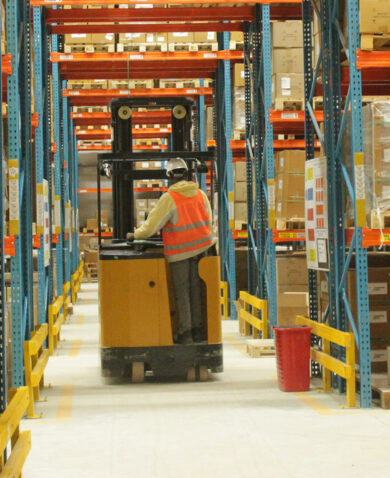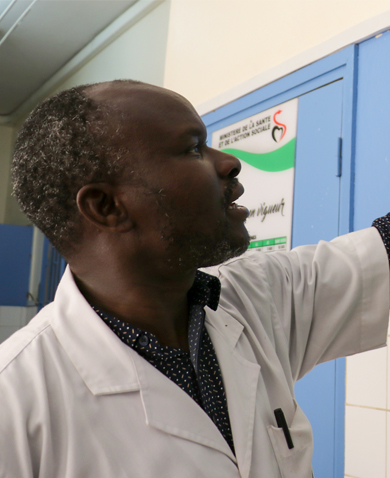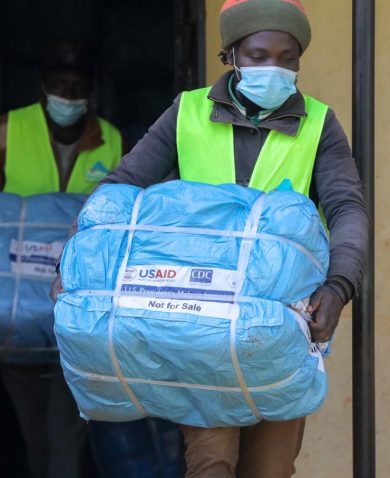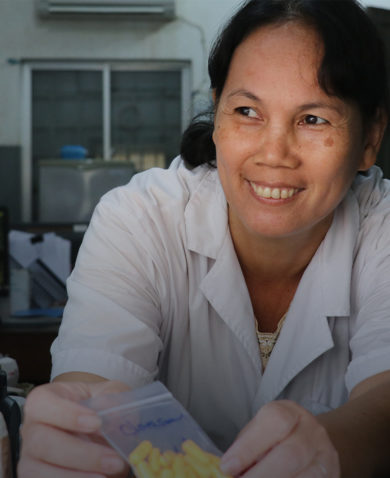
Operating a Global Health Supply Chain in Low-Resource Settings
January 15, 2019 | 2 Minute ReadIn addressing the challenges of operating a global health supply chain in low-resource settings, there’s plenty to learn from established commercial supply chains.
This post originally appeared on the APICS blog.
Companies work tirelessly to optimize supply chain management and enhance end-to-end performance. From agribusiness to information technology, we all strive for better data, stronger foresight and breakthrough innovations. And, of course, we want that all-important metric — on-time delivery. But the global health sector confronts a unique set of challenges. For instance, last-mile delivery means very different things to an e-commerce company than a global health supply chain using camels to deliver mosquito nets to a village in rural Ethiopia.
In addressing the challenges of operating a global health supply chain in low-resource settings, there’s plenty to learn from established commercial supply chains. The USAID Global Health Supply Chain Program — Procurement and Supply Management (GHSC-PSM) project sheds light on unique complexities that challenge the very idea of industry-wide best practices. Through sharing information with our fellow supply chain professionals about the challenges we have faced and our progress made, we can all learn from each other as we seek to strengthen global health supply chains and make them more efficient and effective for our beneficiaries and customers.
To that end, here are three behind-the-scenes glimpses of what makes global health supply chains so different and how to navigate the challenges:
1. The stakes are high. Implemented by Chemonics International and a consortium of partners, including IBM, GHSC-PSM’s mission is to deliver an uninterrupted supply of lifesaving health commodities to improve lives worldwide. Like all supply chain managers, we aim to deliver to the right place at the right time. But for us, the cost of inventory inaccuracies and stockouts are much worse than lost profit… Read the full article on the APICS blog.
Blog posts on the Chemonics blog represent the views of the authors and do not necessarily represent the views of Chemonics.
































